Nashira
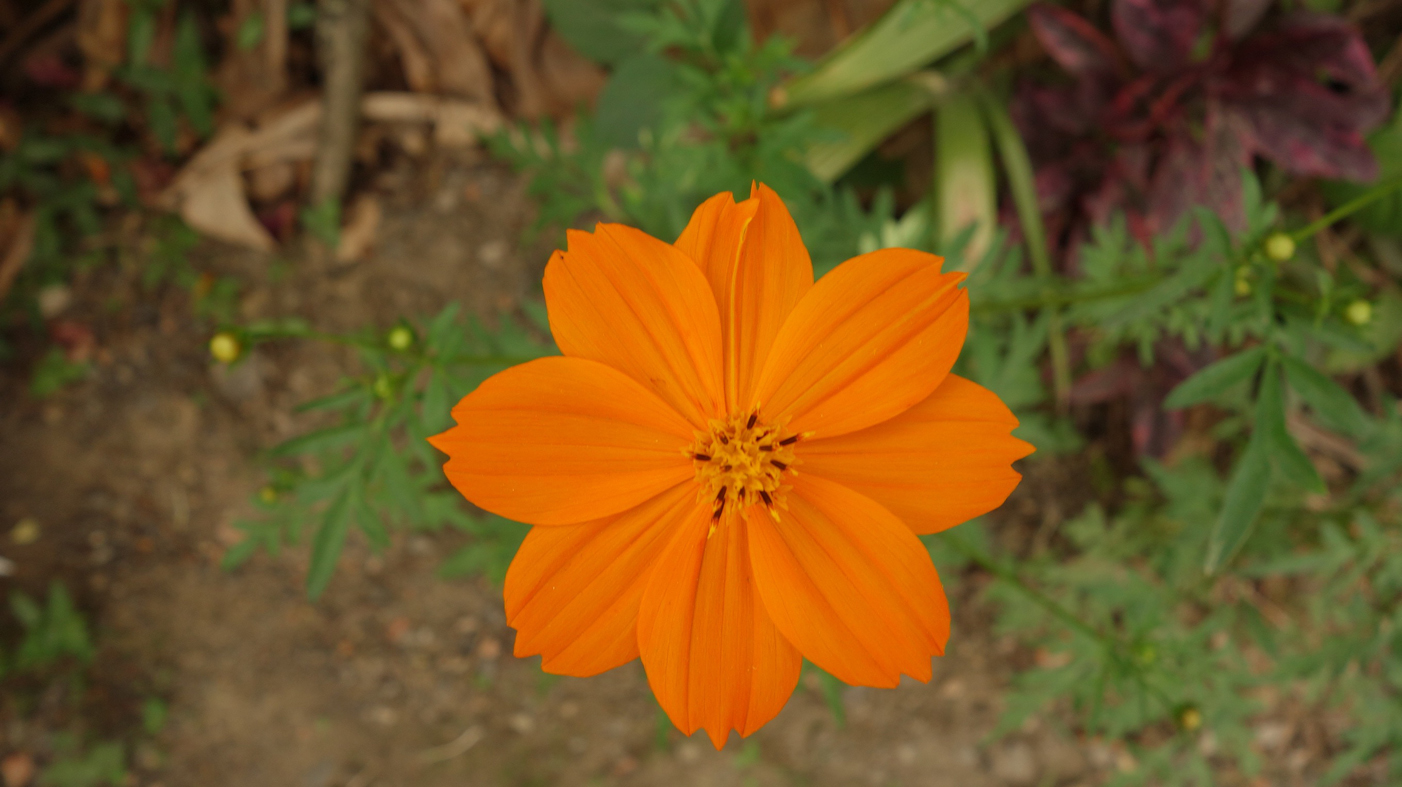
While in Popayán in October I was researching other local communities and projects, and was trying to arrange a visit to a local Eco Aldea: Atlantida. But after many calls and contorted communication, on my part due to poor phone Spanish and the tendency to forget all vocabulary when under stress, they finally told me that I could not visit them as their access road was blocked due to heavy rains. The next nearest project that I had been in contact with was near Cali, so I headed there to check out the rumours of this gritty salsa capital and to see if I could visit the nearby women’s community of Nashira.
I love the passion and attitude of the Caleños: they say in Cali: Cali es Cali y lo demas es lomo [Cali is Cali and the rest is just mountains]. And it’s hot, in many ways. It was the first hot place that I had been to in Colombia. Up until now I had been staying at altitudes of around 2000metres and over where it gets chilly at night ands sometimes during the day, but Cali is at a mere 1018 metres and is a significantly warmer climate. The city really appealed to me, it was such a different vibe to other Colombian cities that I had been to. I could feel the Salsa in the streets and in the conversations. There is a grittiness and a sexiness to the place that I really liked. Its a city that was off limits for so many years due to the cartel wars between Cali and Medellin, but things are changing and Cali is opening up its doors. So I got to explore some if its beautiful colonial architecture, its stunning modern art museum and I was lucky enough to be there during their theatre festival where all tickets were 3,ooo Colombian pesos; that’s less than one euro. It was wonderful to go to the theatre where everyone could afford to be. The place was mobbed, it was chaotic and the show was fantastic! What a wonderful passionate city!
 Street art in Cali
Street art in Cali
Old and new Cali – Roofs of colonial architecture (including La Merced church) with modern (very ugly) office buildings behind.
While I was enjoying the city I was also making arrangements to go to Nashira. Through GEN (the Global Eco-village Network) I had been put in contact with Angela Dolmetsch. Despite my suggestions for various kind of exchanges exchanges Angela told me that it just wasn’t possible there but she welcomed me along to the community as a guest, where I would stay with a family and pay per day for accommodation and food. I was uncomfortable with the idea of going there as a paying guest, it was not really in line with the ideals of the project but I was curious about this community, so I arranged to be there for a weekend. It was a short period of time but at least a chance to find out more.
I was met on a Saturday morning in Cali and had a chance to travel with Angela on the one hour journey out to Nashira. She came across as a passionate and powerful woman: a lawyer from a well established Cali family with good political connections. This was a whole different introduction to an eco-village and I wondered what to expect as I sat in the car with Angel. As we travelled Angela told me about how the community evolved and her driver made his way though the streets of Cali and to the outskirts towards Palmira.
Angela told me that in 2000 there was a governmental congress and with it the opportunity to create some change in the rights for women in Colombia. A group of female lawyers got together and proposed that 50% of all positions in government should be for women. The proposal was received, but revised to say that an adequate number of women should be in government. This was a step in the right direction for improving women’s rights and women’s voice in the country. It took 10 years for this to come into law but the number of women in Colombian politics is increasing but still Colombian women suffer from regular forms of violence, exploitation and social marginalisation.
This group of women proposed to form a new political party of only women; at this time the FARC were proposing a political party so why not an all women’s party seeing as 51% of the population is made up of women? They put themselves forward but they were unfortunately not voted in. However a movement had started and from it a women’s group formed in Cali to empower women and create work. Many of the women involved in this group had been displaced from their lands in the countryside and were trying to survive in desperate situations in the city, often entire families in single tiny rooms. The groups started out making recycled paper to create work but these women needed homes. In the same year, 2000, a proposal arose from the group to to form a community.
As part of government housing policy there was support available to people needing housing, if they were under a certain pay threshold: these women were under that threshold. But along with the threshold was the need to pay 10% of the cost of the construction of the houses. These women did not have that kind of money. But they discovered that if they had land, the government would provide the houses: i.e. would construct them. So they set about looking for ways of getting rural land so that they could build and have land to grow on. They found a perfect piece of land outside the city but they could not afford it at its initial price. By a series of amazing events the sellers dropped the price significantly and through donations the women bought the land.
The group gathered and organised that those who wanted to get involved needed to do 4 courses to pay in part for the construction: these were courses in 1. Composting, 2. Planting and gardening, 3. Paper making and 4. Recycling. For the first phase of houses the approach to building was very much hands on; the women got together and helped to build. These houses were of concrete construction but with an environmentally friendly concrete known in Europe as GGBS (Ground Granulated Blast-furnace slag) a byproduct of the steel industry. The second phase followed and this was built in a more standard and Colombian brick method. Currently there are 400 people living in Nashira but this number is due to increase as a third phase of building is to take place in the future.
The community building the first phase of houses (from community photos)
Physically on site there is quite a difference in the first and second stages of construction: the first being more established with planting and gardens, the second stage feels far less established. There is no centrally organised garden but many people grow their own vegetables. People can cultivate plots of land and can cultivate and reap the harvest from it. There are free-ranging chickens that are privately owned, rabbits and at different stages there have been sheep and pigs. The village has its own drinking water aqueduct and manages its wastewater through wetlands, which clean the water finishing with 95% purity.
Houses in phase one
Houses and streets in Nashira – phase two
So, Nashira is not actually a community of just women, men do live here also: fathers, grandfathers, husbands, sons but the community is led by women.
“To achieve an income from the eco-village, the women were divided into productive nuclei of 8 families each whose goal is to obtain the equivalent of a minimum wage per monthly family from the eco-village … Likewise, the houses have a second floor where visitors who come to know the project and who also generate an income to families stay. The eco-village is managed by a women’s board of directors where all the nuclei and 6 operational committees are represented.”
It is mandatory that 6 members of their board of 8 need to be of the younger generation – i.e. under 30. They are fully supporting the empowerment of the next generation. The working groups focus on different areas: some on creating goods from recycling: they collect the recycling from 30km around the village. They sort it, sell some of it and then make all sorts of goods from it. Another focuses on making paper, others on jewellery and handicraft and another on ceramics. Many of the recycled and handicraft goods are sold in the community’s shop in Cali, which provides an important source of revenue.
Community shop in Cali
I arrived to Nashira to a buzz of excitement. There was to be a Feria de empresas (a sale of work) taking place from lunch time where visitors were welcomed to experience the community for the day. I was brought to the house that I would stay in and welcomed by my host, Rosio, who was gorgeous, warm and welcoming. The house was comfortable impeccably clean and comfortable. I was shown to my room and offered some refreshments before lunch. I felt very strange to be served…I didn’t like it. I wished I could just have a little space to myself and a place to cook.
My experience of the Feria de ingresos was that it was a very simple and small affair. There were about 20 people there in total including the people showing their work on about 6 tables. There were veggie burgers, oblea’s (wafers with a variety of sugary syrups poured to make a sandwich that is absolutely impossible to eat without getting covered in syrup!) There was a stall of beautiful jewellery and paper products from the community shop in Cali, there was a table of ceramics, one for changing money to the local currency – the Nashira. As I took two tours I met lots of people around the site, who were very friendly and I was curious as to why they were not showing up for the feria.
So my Saturday in Nashira was filled with walking around the site, chatting with some of the members and generally getting orientated. The next day there was no feria and people were going about their business. I walked around the surrounding areas and really if I was to walk past I would never guess that his was an eco-village. It really looks like any other part of this part of the city outskirts.
I felt that there is a kindness in this community: there is an ease and an emphasis on people and connection. I experienced a group of very friendly, kind women of all ages from the elderly to the young. Through my time with my host family I learned their story: how Rosio is one of 9 children, now married with her own grown children who live also on site. When she was a child her family had lived in the south of the country near Neiva and had land which Rosio’s father farmed and sold produce from at the local market. It was discovered that there was mining potential on their land and the FARC took control of their land and they had to move. Rosio’s father had to work on other peoples land as a labourer for many years and now he has a small back garden where he grows a few vegetables. These people have led tough lives and have dealt with great loses, I so admire their resilience and their co-creative capacity.
It was really interesting to get a little glimpse into this community even if it was only for a weekend. The experience broadens my understanding of what eco-villages are and what they are capable of achieving. This community of women came together and really have created something incredible: to pull themselves out of appalling living conditions in the city and to build 80 houses and begin to cultivate the site, build gathering spaces, a community meeting house, a community kitchen, water treatment, a compost toilet etc. This really is an inspiring example of how coming together in community can have an exponentially beneficial result for everyone involved. Of course they are not a community devoid of issues, I was very much aware when I was there of the need for the community to make money. Most people on the site come from backgrounds of working on the land in the countryside to make money. In this community they don’t have sufficient land for this but what they have proven is that when they come together they can achieve amazing things.

The communal Compost toilet – made from a multitude of recycled and natural materials including tyres, bamboo, clay and plastic bottles
 Solar cooker – it works by reflecting and focusing the suns rays to cook food in the central area.
Solar cooker – it works by reflecting and focusing the suns rays to cook food in the central area.

The community has its own currency: the Nashira

Out door community spaces including community kitchen and dining area
Nashira “.. is a response and a solution to the housing and poverty issues of the oppressed, in a country that has seen decades of civil strife and violence affecting the majority of people, especially those living in the lower economic levels. It has evolved from a population that is not made up of the privileged sector of society, but from the poor, uneducated, economically distraught, women leaders with families and dependents of all ages.” Giovanni Ciarli in Permaculture magazine:
 Nashira – un canto de amor (a love song)
Nashira – un canto de amor (a love song)
My project of exploring community is fully supported through my creativity: through the sale of my art and by a virtual online community through crowd funding. If you would like to support me on this journey you can check out my art on www.sineadcullen.com or make a donation on my Crowd funding campaign https://www.gofundme.com/LetsCreate or through PayPal by using my email address: sinead.a.cullen@gmail.com
REFERENCES


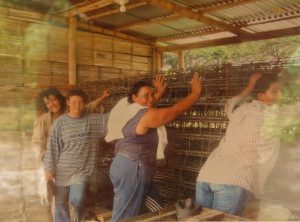
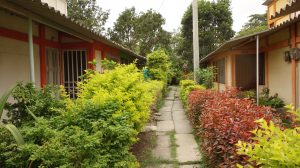


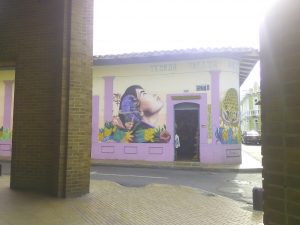
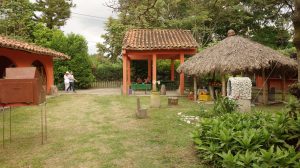
Recent Comments